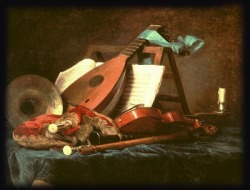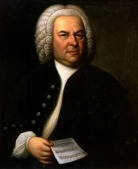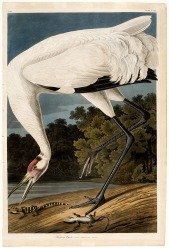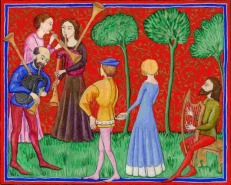Cultures
European
West African
Early American
European Music & Dance

Composers to Know: Bach, Handel, Mozart, & Beethoven
Time Period to Know: Medieval & Baroque
Elements to Know: Rhythm, Tempo, Melody, Harmony, Form, Timbre, & Dynamics
Dances to Know: Social folk & Traditional dances, Jig, Reel, Square Dance, & Waltz.
Elements to Know: Space, Time, & Force
Characteristics of Baroque
1. A period of music and art history from 1600-1750.
2. Baroque literally meant "bizzare" and was first used to describe music and art.
3. The Baroque music was seen as a rebellion from Medieval music.
4. Handel and Bach were major composers of this era.
5. Sir Isaac Newton discovered gravity, the color spectrum, and laws of motion.
6. Johannes Kepler discovered that planets orbit around the sun.
Medieval vs. Baroque
Medieval music was generally worship music sang during service. Predominately males sang in unison the melody of the chants. All chants were performed a capella and were sung in Latin. The music was very calm, even, and melodic.
Baroque music could be found in sacred and secular places. Instrumental music was very popular and music could be heard in church and out in social settings. Baroque music had rapid note changes with changes in dynamics and tempo. The term"bizarre" accurately describes the over-the-top instrumentals when compared to the mild and reverent chants.
George Frederic Handel
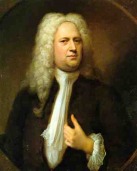
Master of the oratorio- Most famous, Messiah.
Wrote 40 operas and 30 oratorios.
Served as church organist, and violinist for opera orchestra.
Worked as court composer.
Wrote funeral anthem for Queen Caroline.
Virtuoso Musician ( Highly skilled performer).
Music example in class: Hallelujah Chorus from Messiah.
Classical Period
Wolfgang Amadeus Mozart

Mozart was a child prodigy. He began a professional carreer at the age of 5. He only lived to be 35, but his life was full of hundres of musical works including symphonies, operas, concertos, oratorios, and solo works for clavier. Despite his great success as a musician, he died
Ludwig Van Beethoven
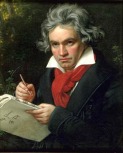
Beethoven was also a child prodigy. He began his professional career at the age of 8. He began going deaf during his 20's. He finally turned to composing and gave up on his personal performances. He overcame this great obstacle and composed symphonies, piano sonatas, string sonatas, piano trios, string quartets, orchestral works, solo and chorus vocal works. Beethoven was the first emancipated composer to be successful.
Neo-Classical Art and Architecture
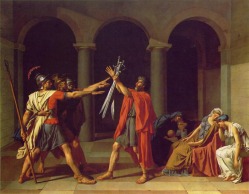
Neo-classical art was influenced by the Greek and Roman art and architecture.
Monticello
Monticello was the home of Thomas Jefferson. He was influential in bringing the Neoclassical style to America. Most governmental building have the Greek columns and raking cornice with the Roman inspired dome.
European & American Social Dance
Virginia Reel

The Virginia Reel is a social dance that is named after the state of Virginia. However, the dance came from European roots. This dance is done in contra lines with a caller giving out dance directions. The dance phrase is ended with a reel from which it gets its name. All social classes enjoyed this dance
European & Early American Drama
Opera
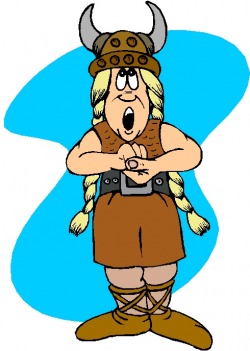
Opera began in Italy, primarily with the works of Monteverdi. The French came along also with their own form of serious opera while the Italians were gradually shifting to a more humorous, realistic drama. Tensions were apparent between the two forms of opera until Chritoph Willibald Gluck combined elements from each and found a happy medium in which composers like Mozart could build upon.
Opera is a dramatic performance where all dialogue is sung. Compared to Broadway Musicals, the entire operatic performance is sung where as Musicals have spoken dialogue and chorus line productions with dance.
